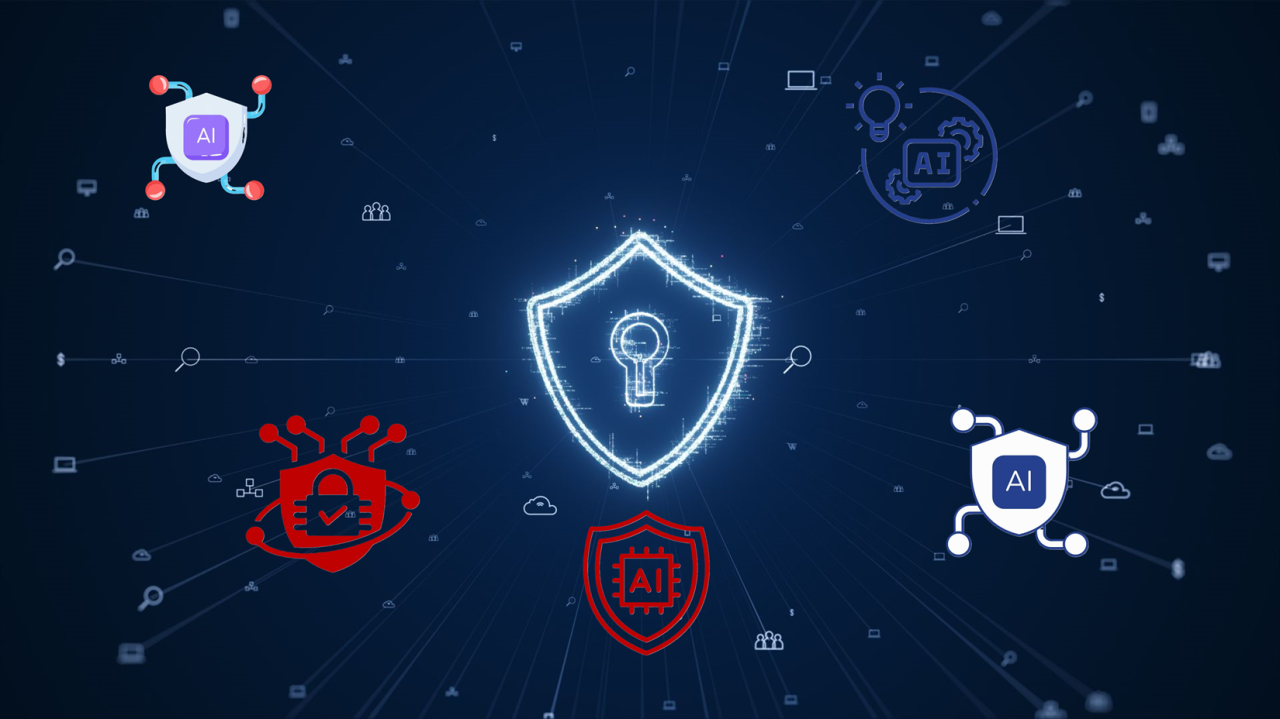
Addressing key concerns stopping modernization and transformation
Two major factors in the IT industry are always at odds with one another: growth and cost optimization. While cost optimization could be important, however, just cost optimization may not help achieving the business goals. This is particularly true for working with legacy systems and outdated apps and infrastructure that could be limiting speed and scale of operations with constraints on creativity and responsiveness.
At Canum.AI, we are aware of the challenges, that, businesses undergo in the course of ever-changing technological landscape. This blog talks about the ideas preventing modernization and continuing the legacy
1. Investment vs. Capital Expense
A lot of businesses consider updating their IT infrastructure to be expensive. This idea ignores the long-term advantages that new systems provide. Legacy systems frequently experience:
- Limited Scalability: They need costly updates or solutions as a result of being unable to adjust to expanding data volumes and user needs.
- Security Risks: Computer hacking on outdated systems can result in data breaches and errors in operations, making them ideal targets.
- Problems with Integration: It might be difficult to integrate with contemporary platforms and apps, which can lead to the isolation of data and reduce productivity.
Alternatively, modern systems are designed with integration, security, and scalability in mind. Even though the initial investment may be greater, these systems result in considerable long-term cost reductions by:
- Enhanced Productivity: Automated processes and streamlined workflows free up personnel and cut down on manual work.
- Lower Maintenance Costs: Modern systems are easier to integrate with emerging technology and require less maintenance.
- Enhanced Security: Up-to-date security features and frequent updates reduce security risks, protecting the company from possible financial and social damage.
- Changing Your Point of View: Consider digital transformation as an investment rather than a cost. Long-term, this investment will result in significant savings in costs and open up new business potential. Take into account these extra variables:
A. Return on Investment (ROI): As we apply new systems, we can figure out how much new business it could generate. This could be with customer happiness, decreased downtime, and enhanced production.
B. Total Cost of Ownership (TCO): When comparing options, we can see that ongoing maintenance, license fees, and training costs could be much lower in the long-term than the limitations for scale with legacy.
2. Resource Availability
Many companies think that they need external resources to carry out a major IT shift. This is a result of the false belief that switching to new systems takes a lot of time and an experienced IT staff.
But the reality is quite different:
- Cloud-Based Programs: Many modern technologies are cloud-based, which allows for faster implementation and requires less on-premises equipment. Additionally, automatic maintenance and upgrades are provided via cloud solutions, which reduces the demand on your resources.
- Managed Services:Businesses can hire experienced software developers for migration initiatives by working with offshore development partners like us. Your team can continue working on key company operations and We can take care of:
A. System Integration: To ensure smooth data flow and business continuity, our team can seamlessly integrate your new and current systems.
B. Data Migration: With the least amount of downtime and changes possible, we can manage the safe transfer of your data to the new platform.
- Welcoming New: Collaboration could be useful to manage complicated migrations without touching the main business operations. Throughout the migration process, our team can train your teams on the new system with continuous support.
- Phased Implementation: Replacing a large number of systems at once might be confusing. The process can be much more easily handled by taking a step-by-step approach and addressing one module at a time. This reduces potential risks by enabling you to test and adjust as you go.
3. Fear of Change:
Organizations that have used outdated systems for a long time may find change to be scary. On the other hand, holding onto outdated technology over time may have significantly greater negative effects. This is the reason why:
Lack of growth in innovation: The functionality needed to deploy fresh ideas and business models is frequently absent from legacy systems. They may make it harder for you to stay in touch with companies that are more flexible and adjust to shifting market demands.
Competitiveness: Organizations that continue to use outdated technologies find it difficult to keep up with competitors that have accepted digital transformation. These competitors can gain a major competitive advantage by reducing expenses, improving consumer experiences, and utilizing modern technologies.
Talent Acquisition: Working with modern technologies is a priority for young people and younger generations of talent. These groups may find your company disappointing due to outdated systems, which will make it more difficult for you to draw in and keep top employees. This may have an ongoing impact on productivity, creativity, and general business expansion.
Our Case Study: Responding to Change for Development
Success stories to understand how accepting change may help firms advance:
Leading manufacturer of clothing worldwide, LKN switched from an outdated ERP system to a cutting-edge, cloud-based platform. This resulted in a 15% increase in yearly income by increasing their operational efficiency by 20%, increasing data visibility by 75%, and improving real-time decision-making.
New Point of View: Understanding the risks of failure could be helpful. Accepting change could definately realize the full potential of business. Here are some more ideas to go beyond fear of change:
Start Small: Do not attempt to completely redesign your IT system in one day. Start by selecting a particular area in which your progress is being slowed by legacy systems. Before expanding, try a new system in this field to gain confidence and experience.
Effective Communication: Throughout the process of transformation, keep your employees informed. Address their worries and outline the advantages of upgrading. Having a clear path of communication can reduce opposition and increase support.
Put Training First: Make sure your employees receive thorough training on the new system. By doing this, they can make the most of its benefits and reduce any downtime while the switch is being performed.
Working together for Digital Transformation
Modernization is a must to achieve sustainable growth. Gaining a competitive edge and opening up new possibilities can be achieved applying thought leadership and realizing the limitations of outdated technologies.
We at Canum.AI could assist you in navigating the new digital journey with our services
Technology consulting:Our qualified staff will assess your existing IT setup and provide the most effective upgrade solution and path.
System Implementation and Selection: We can assist you in selecting the best systems for your requirements and manage the complete implementation procedure.
Ongoing Support: To make sure your new systems are operating efficiently, and your staff is at ease utilizing them, we provide continuing assistance.
You can take advantage of our experts offering affordable solutions to meet your objectives for modernization and digital transformation. This could free your company from the constraints of outdated systems, starting a new journey to business growth and expansion







